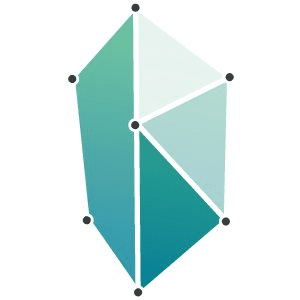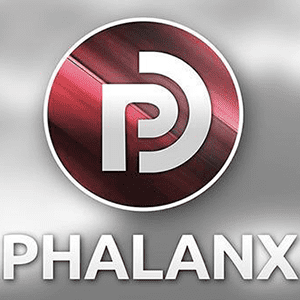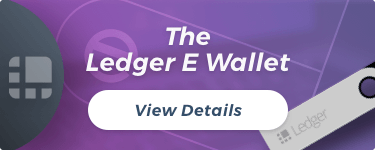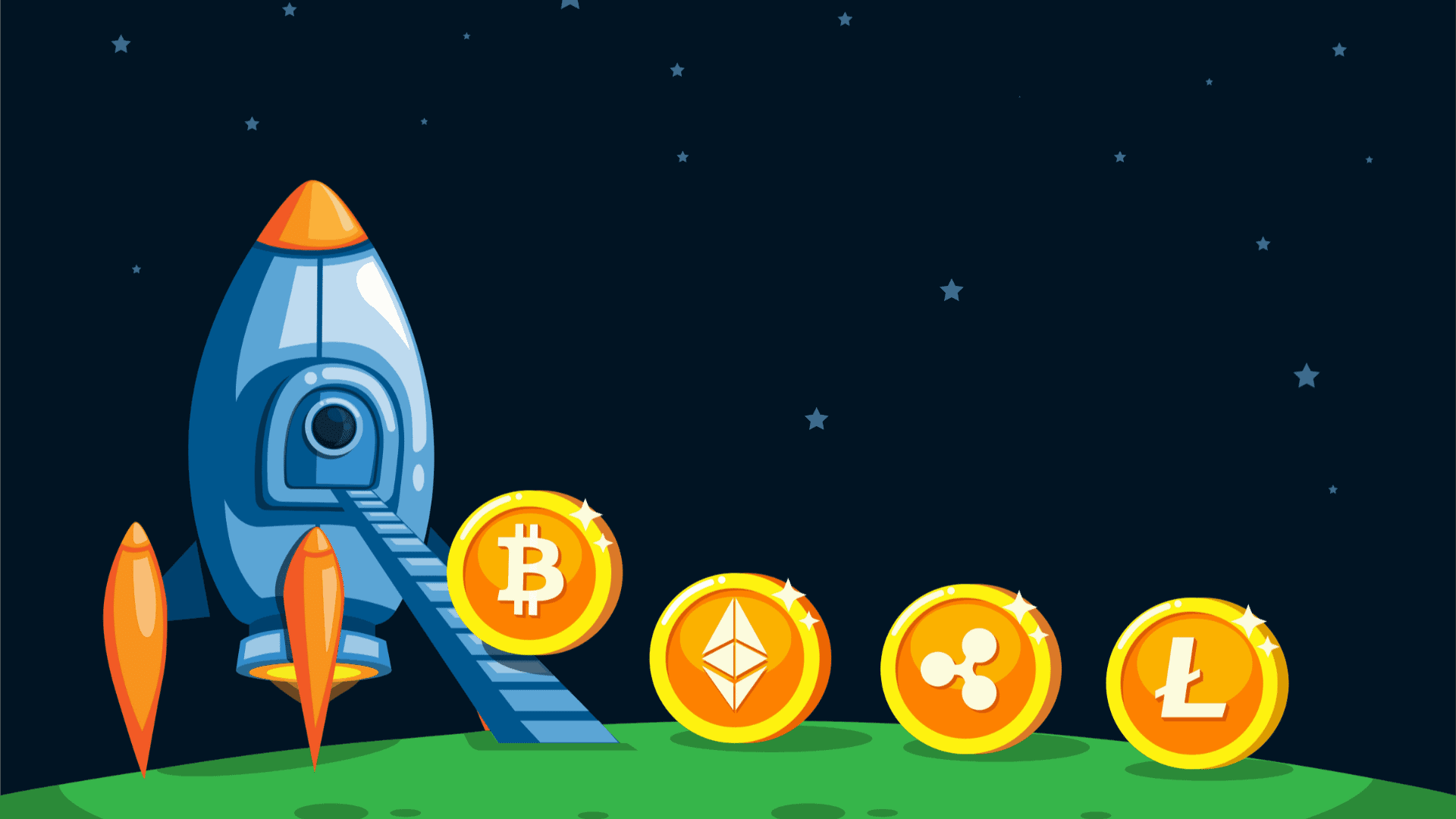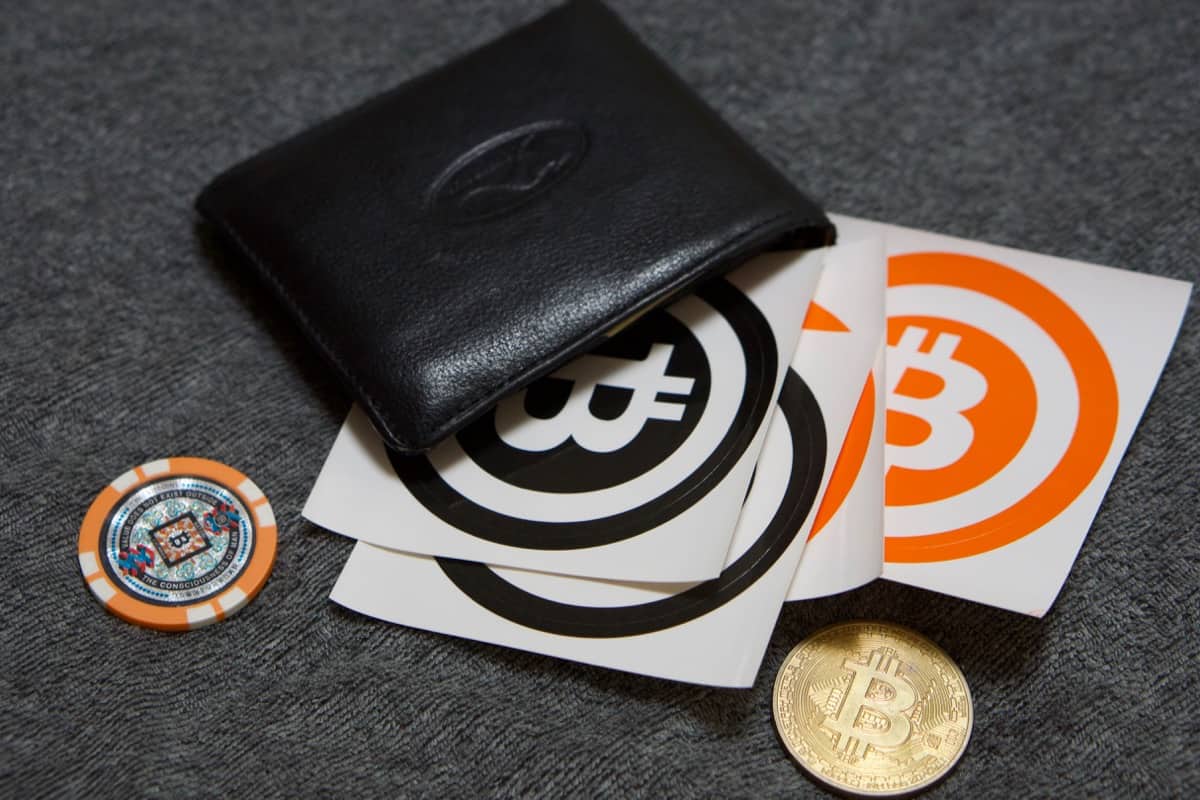
Liquity (LQTY)
| Market Cap | Volume | Last Trade |
|---|---|---|
Liquity Details
| Built On | Launch Date | Proof Type | Max Supply | Circulating Supply | Website |
|---|---|---|---|---|---|
| 0 | 0 | NO | Platform | Block Reward | Block Time | Block Number | Net Hashes Per Sec | Liquity |
| 0 | 0 | Trade |
Liquity (LQTY) price today is $0.0000000 USD. Trading volume was 0.00 LQTY in the last 24 hours. Current market cap of Liquity is $0 USD. Liquity has a circulating supply of 0 LQTY coins out of a maximum supply of 0 LQTY coins.
An In-Depth Look at Liquity (LQTY)
What is Liquity (LQTY) and how does it work?
Overview
Liquity is a decentralized borrowing protocol that allows users to draw interest-free loans against Ethereum as collateral. Launched on April 5, 2021, the protocol introduces a novel mechanism to provide extremely low collateralization ratios and high capital efficiency. Liquity's native token, LQTY, plays a crucial role in its ecosystem. LQTY holders can earn a share of system fees by staking their tokens in the protocol.
Technical Aspects
Liquity operates using a unique system to ensure stability and security. It employs an algorithmic monetary policy to maintain the price of its stablecoin (LUSD) pegged to USD. Unlike other DeFi protocols, Liquity doesn't require governance. Instead, it relies on an algorithmic approach to adjust system parameters, making it fully decentralized and efficient.
The system operates with two types of collateral, Ether (ETH) and LQTY. Users can deposit ETH to mint LUSD, which they can borrow interest-free, provided that the collateralization ratio remains above 110%. If the ratio falls below this threshold, the system liquidates the collateral. The liquidated collateral is sold to Stability Pool depositors, who also earn LQTY rewards.
LQTY, the platform's native token, is distributed to users who interact with the protocol. It can be staked to earn a share of system fees which accrue from loan issuance and redemptions. This includes both LUSD borrowing fees and redemption gains.
Team
Liquity was founded by Robert Lauko, a seasoned software engineer with experience in blockchain and decentralized finance. Before launching Liquity, Lauko worked at Google and Rainmaking Innovation. He holds a Master's degree in Informatics from ETH Zurich.
The Liquity team is comprised of individuals with diverse backgrounds in blockchain, finance, and software development. The team includes Ren Zhang, a cryptography researcher; Rick Pardoe, a software engineer; and Colin Platt, a blockchain and fintech expert.
Despite being a relatively new project, Liquity has garnered significant attention from investors and partners in the DeFi space. Pantera Capital, a leading blockchain investment firm, led Liquity's seed round. Other notable investors include Lemniscap, 1kx, and Dragonfly Capital.
The project has also formed partnerships with several prominent DeFi platforms, including Uniswap, for liquidity provision, and Chainlink, for decentralized oracle services.
In summary, Liquity (LQTY) is a promising DeFi project that offers a unique, efficient, and decentralized approach to collateralized borrowing. Its innovative mechanism, competent team, and strong backing from reputable investors and partners make it a project worth watching in the rapidly evolving DeFi sector.
How Does Liquity (LQTY) Make Money?
Liquity (LQTY) is a decentralized borrowing protocol that allows users to draw interest-free loans against Ether used as collateral. It has a unique algorithmic mechanism to make money.
Interest-Free Loans and Stability Fees
Liquity's primary mechanism for making money is through its stability fees. This fee is not an interest rate that compounds over time, but a one-time fee charged when the loan is issued. Users borrow against their Ether and pay the stability fee in LQTY. This fee is then burned, reducing the overall supply of LQTY and consequently increasing its value.
Redemption Fees
Another revenue stream for Liquity is the redemption fee. Users can redeem their LUSD (Liquity USD) for ETH at face value. However, during this process, a redemption fee is charged. This fee is a percentage of the total redeemed value and is used to incentivize the repayment of loans and maintain the system's stability.
Liquidation Penalties
Liquity also makes money through liquidation penalties. If a borrower's collateral ratio falls below a certain threshold, their collateral can be liquidated, and a penalty is charged. This penalty is then distributed to LQTY stakers as a reward, which further incentivizes the Liquity ecosystem's growth.
How Can I Make Money with Liquity?
There are several ways to make money with Liquity. It's essential to note that while the following methods can be profitable, they also come with their respective risks.
Borrowing and Investing
The primary way to make money with Liquity is by borrowing against your Ether and investing the borrowed LUSD in high-yield opportunities. Given that Liquity loans are interest-free, any returns made above the stability fee can be considered profit. However, this strategy requires careful risk management as it involves exposure to potential price volatility of both ETH and the invested assets.
Staking LQTY
Staking LQTY is another way to earn profits. When you stake LQTY, you earn a share of the system's fees (redemption fees and liquidation penalties). The more LQTY you stake, the larger your share of the collected fees. However, staking also comes with a risk, as the staked LQTY could be slashed if the system becomes undercollateralized.
Providing Liquidity in Balancer Pools
You can also make money by providing liquidity to the LUSD/ETH or LQTY/ETH Balancer Pool. In return, you earn BAL tokens and a portion of the trading fees generated by the pool. However, providing liquidity in these pools exposes you to impermanent loss, which occurs when the price of the pooled tokens changes compared to when they were deposited.
Farming LQTY
Liquity rewards users who provide stability to the system by farming LQTY. When you deposit LUSD in the Stability Pool, you earn LQTY rewards. These rewards can be significant, especially during periods of high borrowing demand. However, depositing in the Stability Pool also carries a risk, as your LUSD could be used to cover undercollateralized loans.
In conclusion, Liquity (LQTY) offers various opportunities to make money, each with its own risk and reward dynamics. Before engaging with the protocol, ensure you understand these dynamics and manage your risk properly.
How Can I Buy Liquity (LQTY)?
The process of buying Liquity (LQTY) involves a few key steps to ensure that your transaction is secure and successful. Let's take a closer look at each one.
Create an Account on Binance
The first thing you need to do is create an account on Binance, one of the top cryptocurrency exchanges in the world. This step is straightforward and will involve filling in your email address and creating a secure password.
Verify Your Account
After creating your account, Binance will require you to verify your identity for security purposes. This usually involves providing a photo ID and a selfie. Identity verification is a standard procedure for all legitimate cryptocurrency exchanges.
Secure Your Account
Once your Binance account is set up and verified, take an extra step to secure it. This can be done by enabling Two-Factor Authentication (2FA), which will require you to input a code sent to your mobile device every time you log in or make a transaction.
Deposit Fiat Or Cryptocurrency
The next step is to deposit funds into your Binance account. This can be done either by transferring cryptocurrency from another wallet or by depositing fiat money such as USD, EUR, or GBP via a bank transfer or credit card.
Buy Liquity (LQTY)
Now that your account is funded, you can proceed to buy Liquity (LQTY). Navigate to the markets section on Binance, search for LQTY, and choose the pair you want to trade. For instance, if you deposited Bitcoin, you would choose the LQTY/BTC pair. Follow the prompts to complete your purchase.
Store Your LQTY in a Secure Wallet
After purchasing LQTY, it’s crucial to store your tokens in a secure wallet. Leaving your cryptocurrency on an exchange exposes you to the risk of hacking. Wallets come in different forms, such as desktop, mobile, hardware, and web wallets. Choose the one that best suits your security needs and convenience.
For a more detailed guide on how to buy LQTY, please visit this link.
What are the Best Wallets for LQTY?
After acquiring LQTY, it's important to store it in a secure wallet. Here are some of the best wallets for Liquity (LQTY):
-
Metamask: Metamask is a popular Ethereum-based wallet that supports all ERC-20 tokens, including LQTY. It's a browser extension, making it easy to interact with Ethereum-based dApps.
-
Trust Wallet: Trust Wallet is a mobile wallet that supports multiple cryptocurrencies, including LQTY. It's known for its user-friendly interface and high-security level.
-
Ledger Nano S/X: If you prefer hardware wallets, Ledger Nano S or X is an excellent choice. These wallets store your private keys offline, offering maximum security against online threats.
-
Trezor: Trezor is another reliable hardware wallet. It's easy to use and offers top-notch security for your LQTY tokens.
Remember, the security of your LQTY tokens is paramount. Always ensure to store your private keys safely and never share them with anyone.
How Can I Find More Liquity (LQTY) News?
When it comes to getting the latest news and updates about Liquity (LQTY), there are several resources that you can use to stay informed.
Liquity Website
The official Liquity website is a great starting point. Here, you will find all the essential information about the cryptocurrency, including its features, use cases, and the latest news. The website also features a blog section where you can find articles and updates about the project.
Liquity Whitepaper
The Liquity whitepaper is another crucial resource. If you are interested in the technical details of the project, this detailed document provides an in-depth explanation of the cryptocurrency’s underlying technology, its vision, and its future plans.
Liquity Twitter
For real-time updates, the Liquity Twitter account is the ideal platform. The team regularly posts news and updates about the project, as well as insights into the cryptocurrency market.
Coins Similar To Liquity (LQTY)
In the vast world of cryptocurrencies, there are several coins that bear similarities to Liquity (LQTY), either in terms of their underlying technology, use case, or market position. Some of these include JUST, DeFiChain, Kava, and Spell Token.
JUST
JUST is a decentralized lending platform that allows users to stake their crypto assets to earn stablecoins. Similar to Liquity, JUST aims to create a more efficient and transparent financial ecosystem. Interested readers can visit the JUST page to learn more about this unique project.
DeFiChain
DeFiChain is another fascinating project. It's a blockchain dedicated to enabling fast, intelligent, and transparent decentralized financial services. DeFiChain shares Liquity's commitment to decentralization and financial empowerment. For more details about DeFiChain, feel free to visit their page.
Kava
Kava is a cross-chain DeFi platform offering collateralized loans and stablecoins to users of major crypto assets including BTC, XRP, BNB, and ATOM. Like Liquity, Kava is focused on promoting financial stability and accessibility. More information about Kava can be found on their dedicated page.
Spell Token
Finally, Spell Token is a part of the Magic Internet Money (MIM) project, a stablecoin system built on the Ethereum blockchain. Spell Token and Liquity both aim to unlock value in the crypto space and improve financial inclusivity. To learn more about Spell Token, you can visit their page.
Whether you're a seasoned crypto enthusiast or a newcomer, exploring these projects will broaden your understanding of the crypto landscape and potentially reveal new investment opportunities.
Liquity Markets
| Rank | Exchange | Country | Coin Types | Fees | Trade |
|---|---|---|---|---|---|
| 1 |
 Crypto.com
Crypto.com
|
Hong Kong | 287 Currencies including LQTY | 0.04% - 0.4% | More info |
| 2 |
 Coinbase
Coinbase
|
US | 241 Currencies including LQTY | 1,49% > 3,99% | More info |
| 3 |
 Binance
Binance
|
Cayman Islands | 366 Currencies including LQTY | 0,10% | More info |
| 4 |
 Deepcoin
Deepcoin
|
Unknown | 110 Currencies including LQTY | 2.86% - 3.90% | More info |





